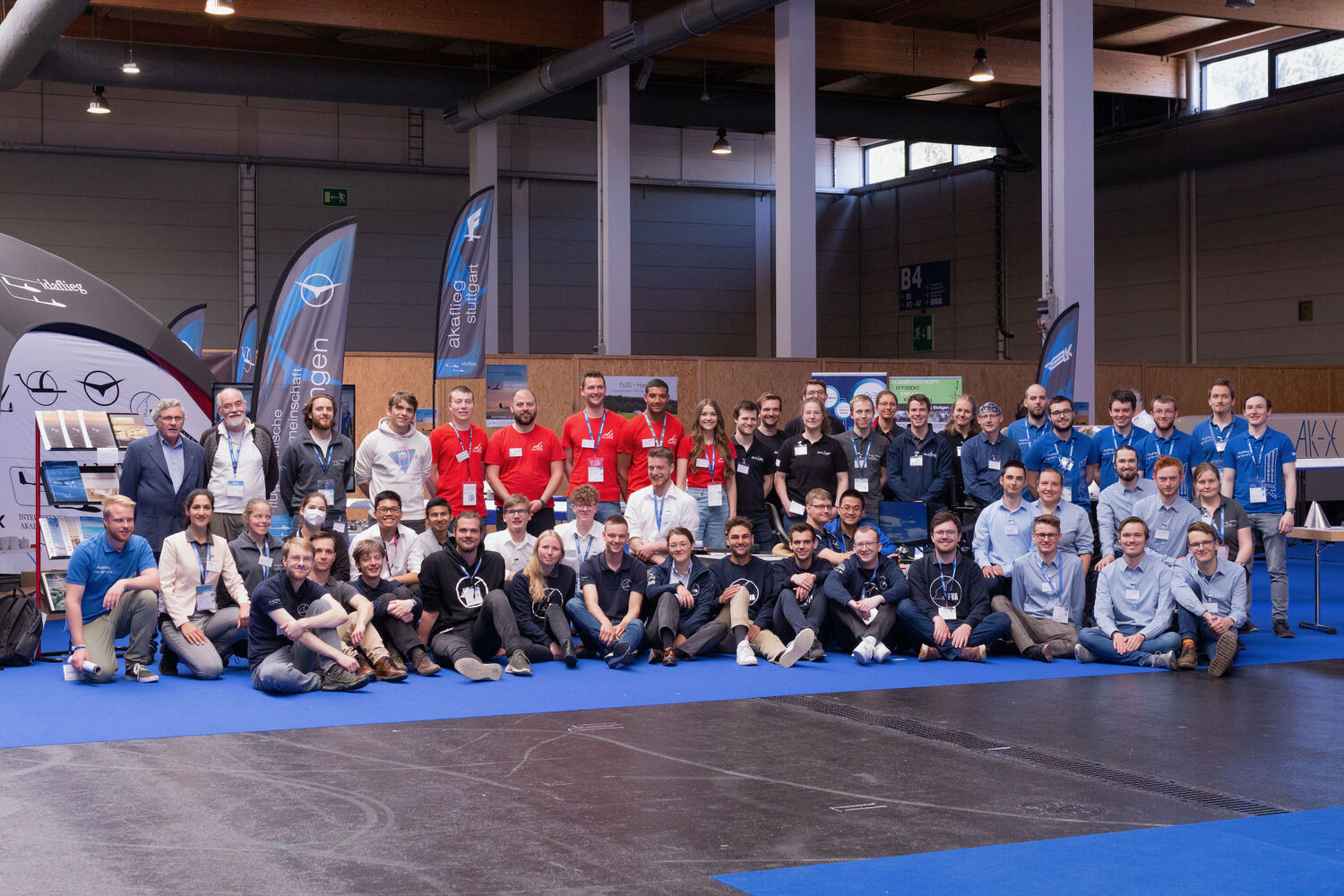What is the most clever way to combine the progress of one’s own studies with the FVA while still advancing a project as sustainably as possible?


At Aero 2022 in Friedrichshafen, Germany, we exhibited part of the FVA30 powertrain test bed. What it’s all about and what important role the Speedgoat Real Time Target machine is playing, FVA 30 project manager Paul explains in the following video.
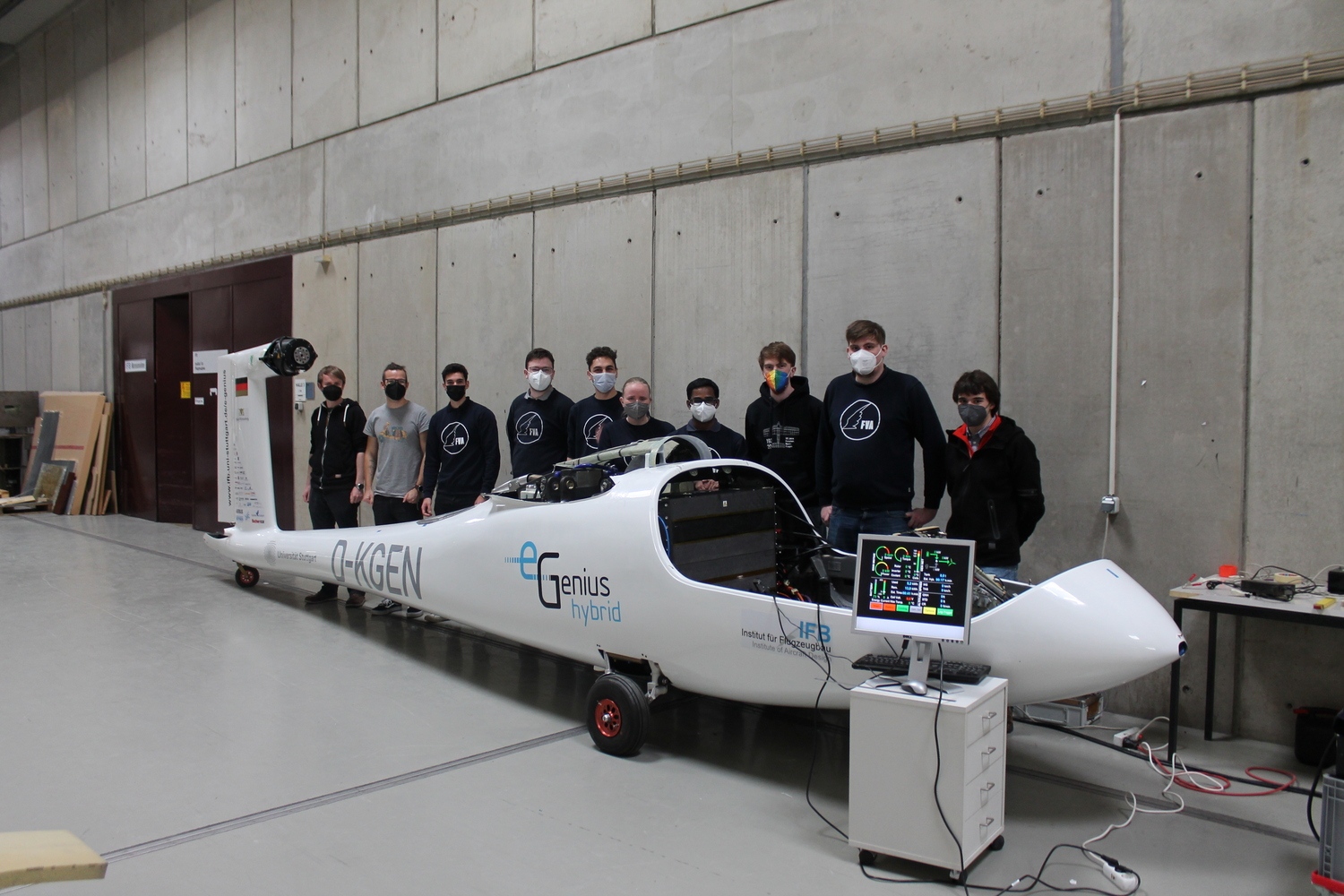
After some members of the FVA already visited the Institute of Aircraft Design (IFB) in Stuttgart in 2019 to check out their electric powered glider e-Genius, which is the prototype of our FVA 30, it was time for another visit last week.
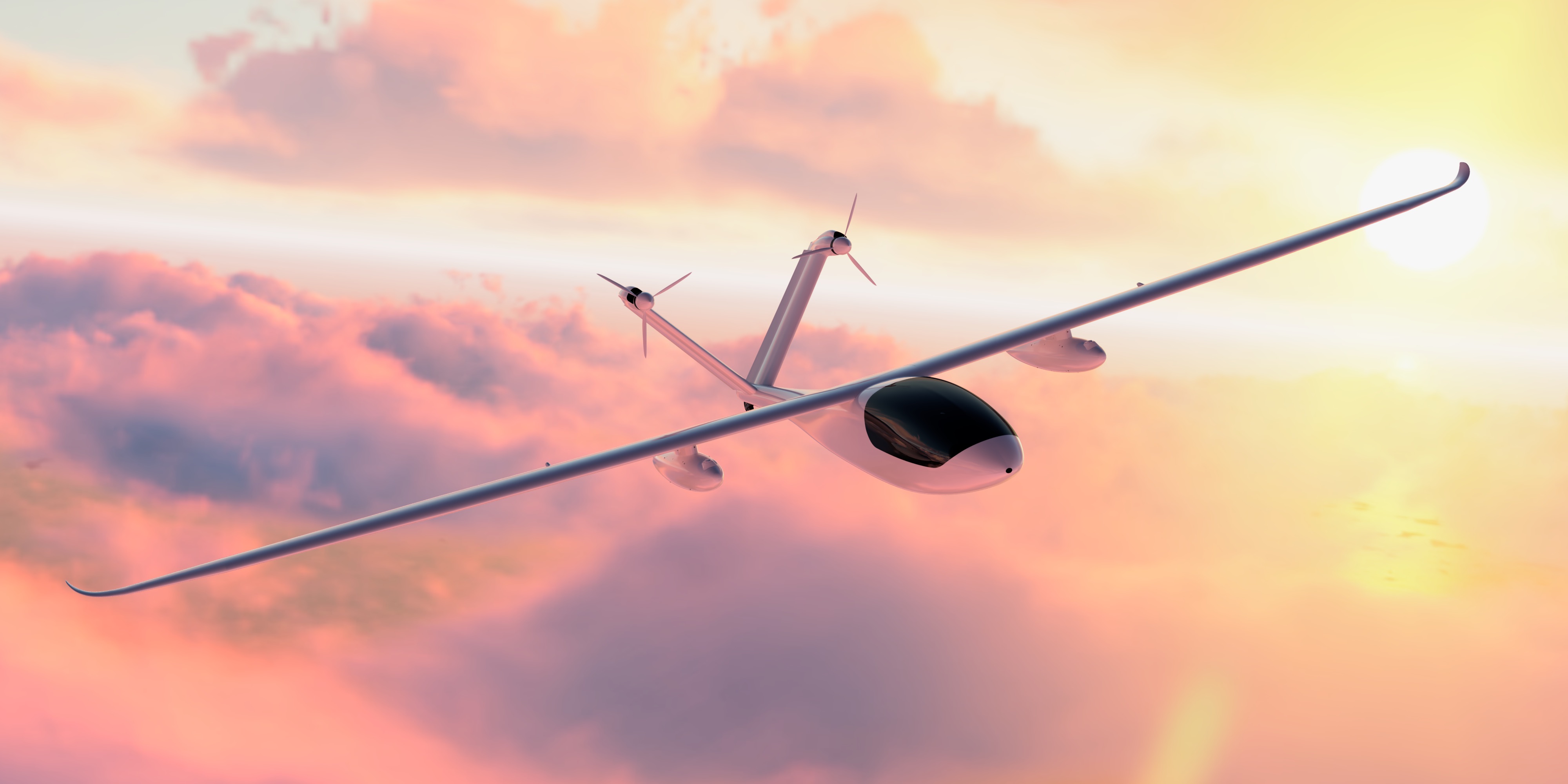
The scientific aviation association (FVA) is developing the FVA 30, a hybrid electric motor glider, in order to research alternative propulsion systems. Due to strict safety requirements in aviation…
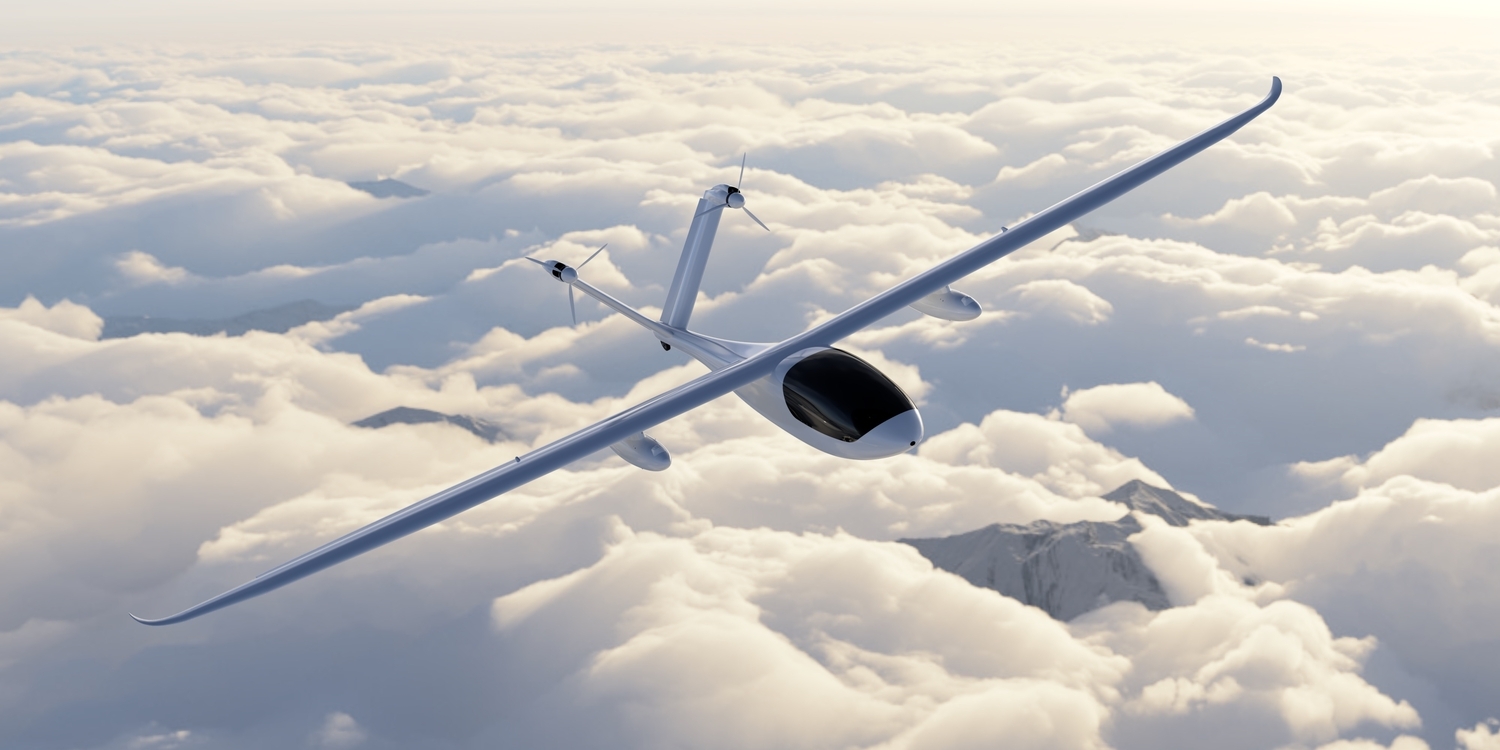
During development of the powertrain, engineers face the challenge of designing an electronic control module (ECM) for reliable data processing, so that pilots can monitor and control the drivetrain. In electric aircraft…
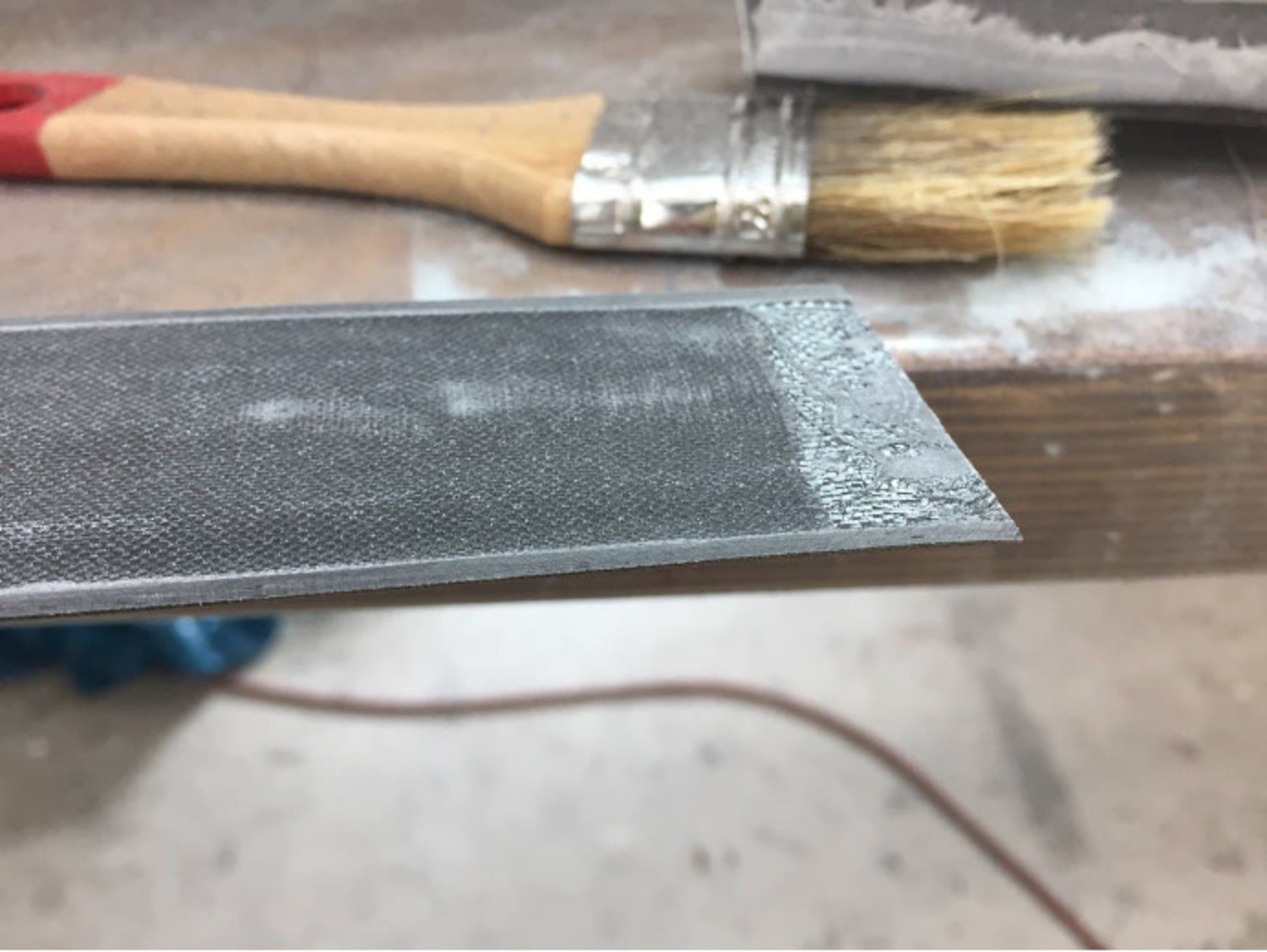
After a long time, a more complicated piece of fibre-reinforced plastic construction was once again produced in the FVA workshop.
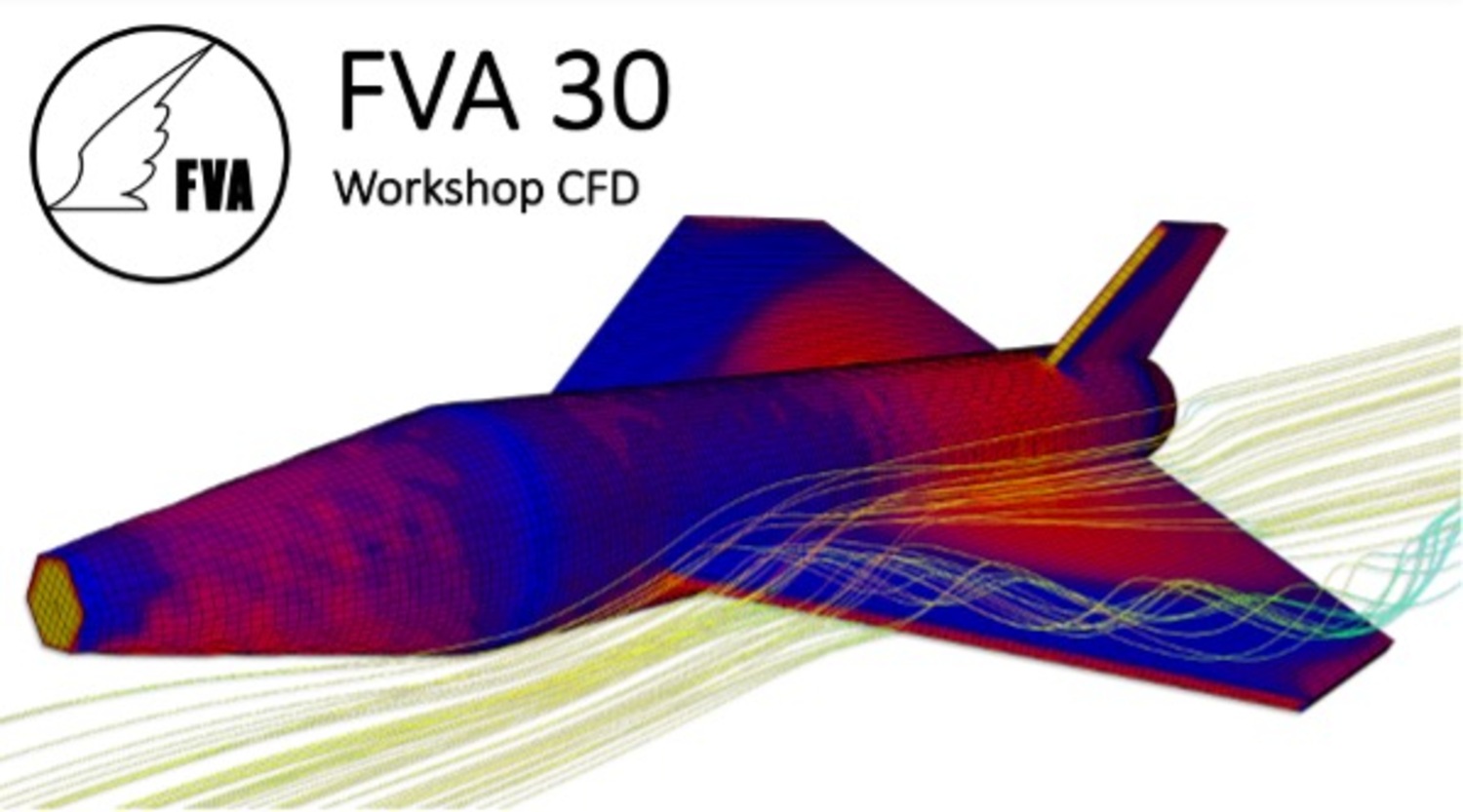
CFD can be a critical tool in the design processes as a proper analysis can improve the efficiency of the entire construction.
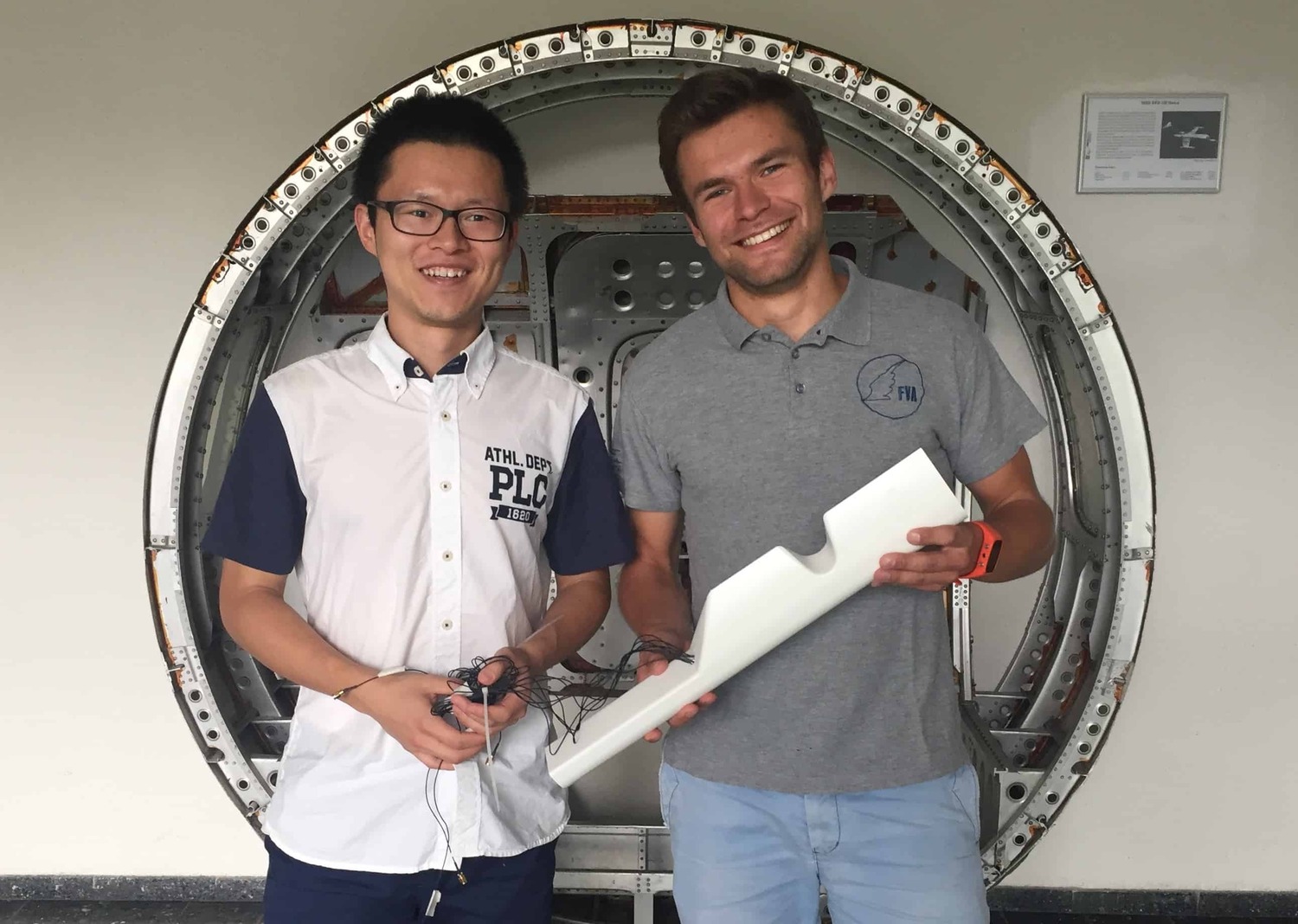
For about a year now, the FVA is cooperating with the Institute of structural mechanis and lightweight construction (SLA) at RWTH Aachen University.
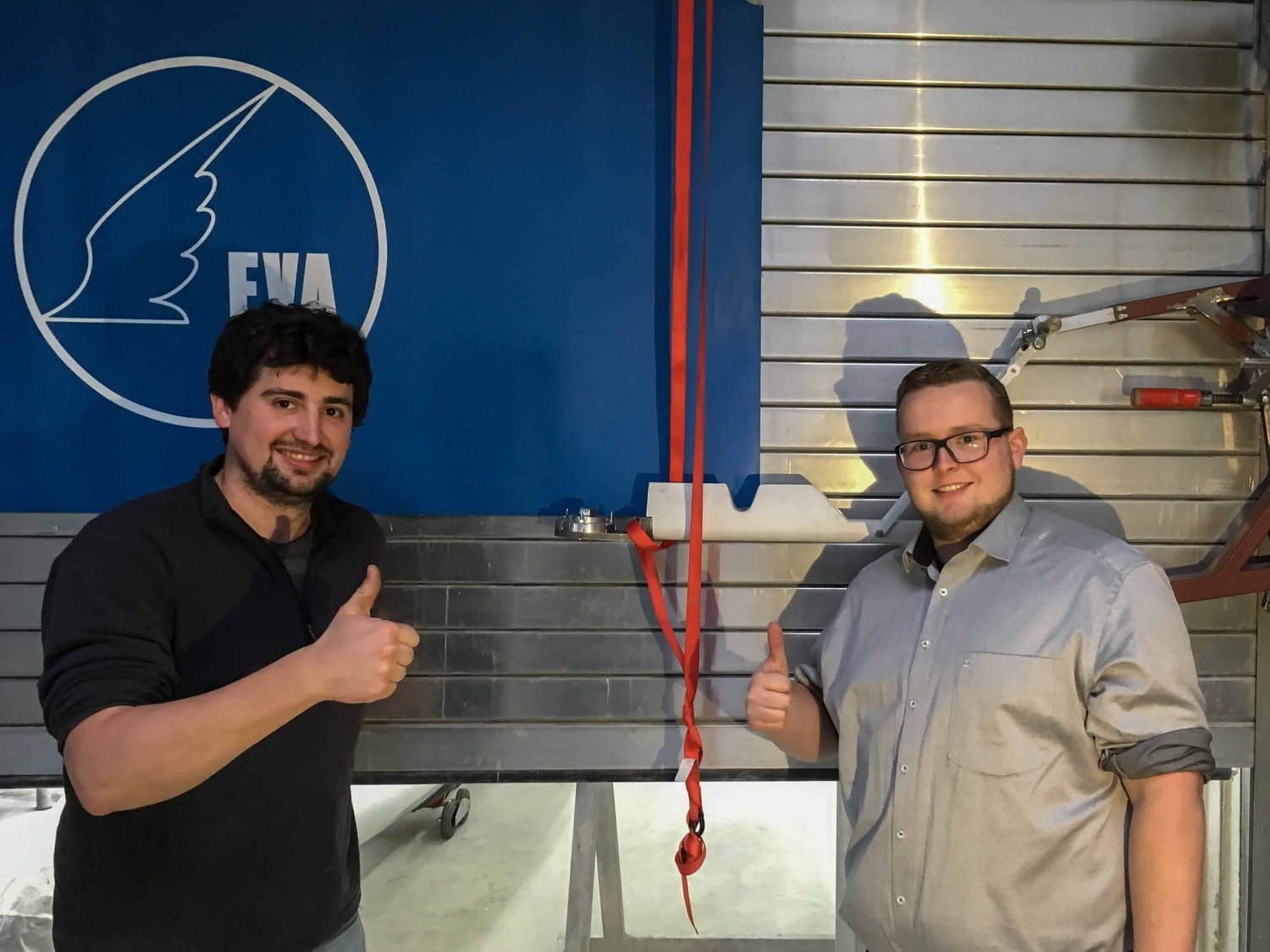
Back in January, we conducted a first test run of the load experiment with an early model of the pole.
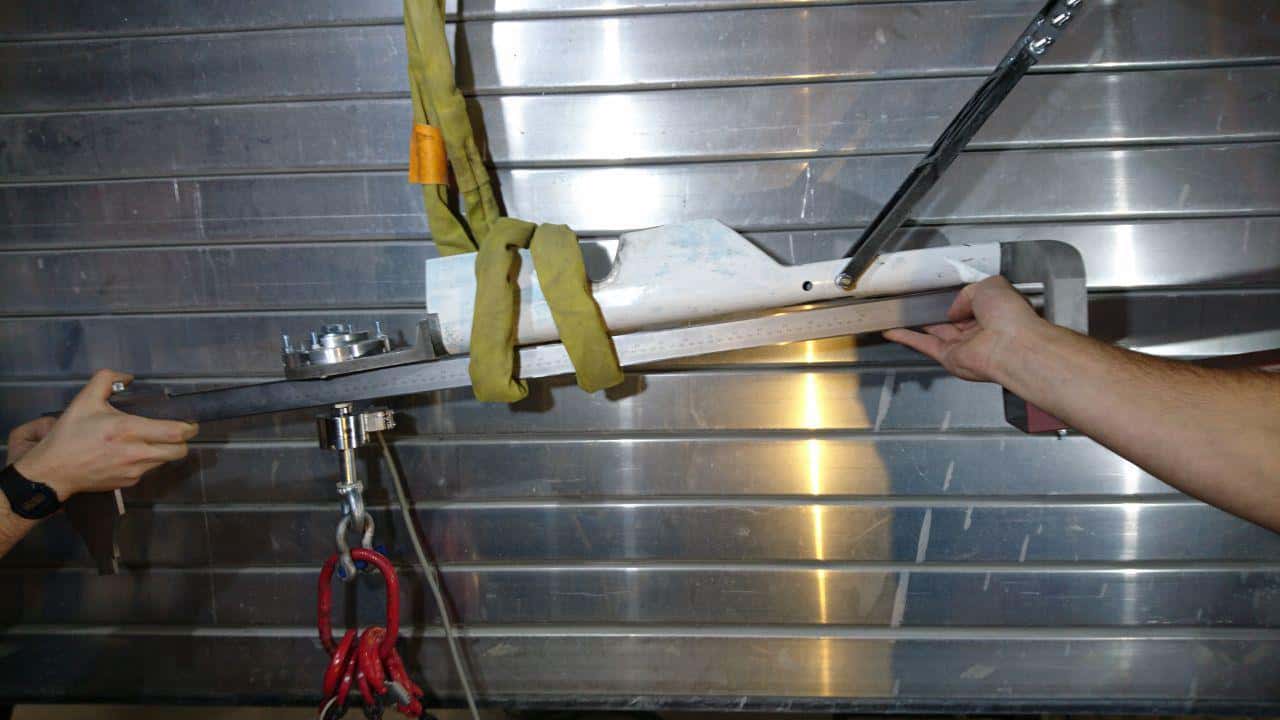
Shortly before the new year, we were able to perform the load test of the FVA 29 mast.
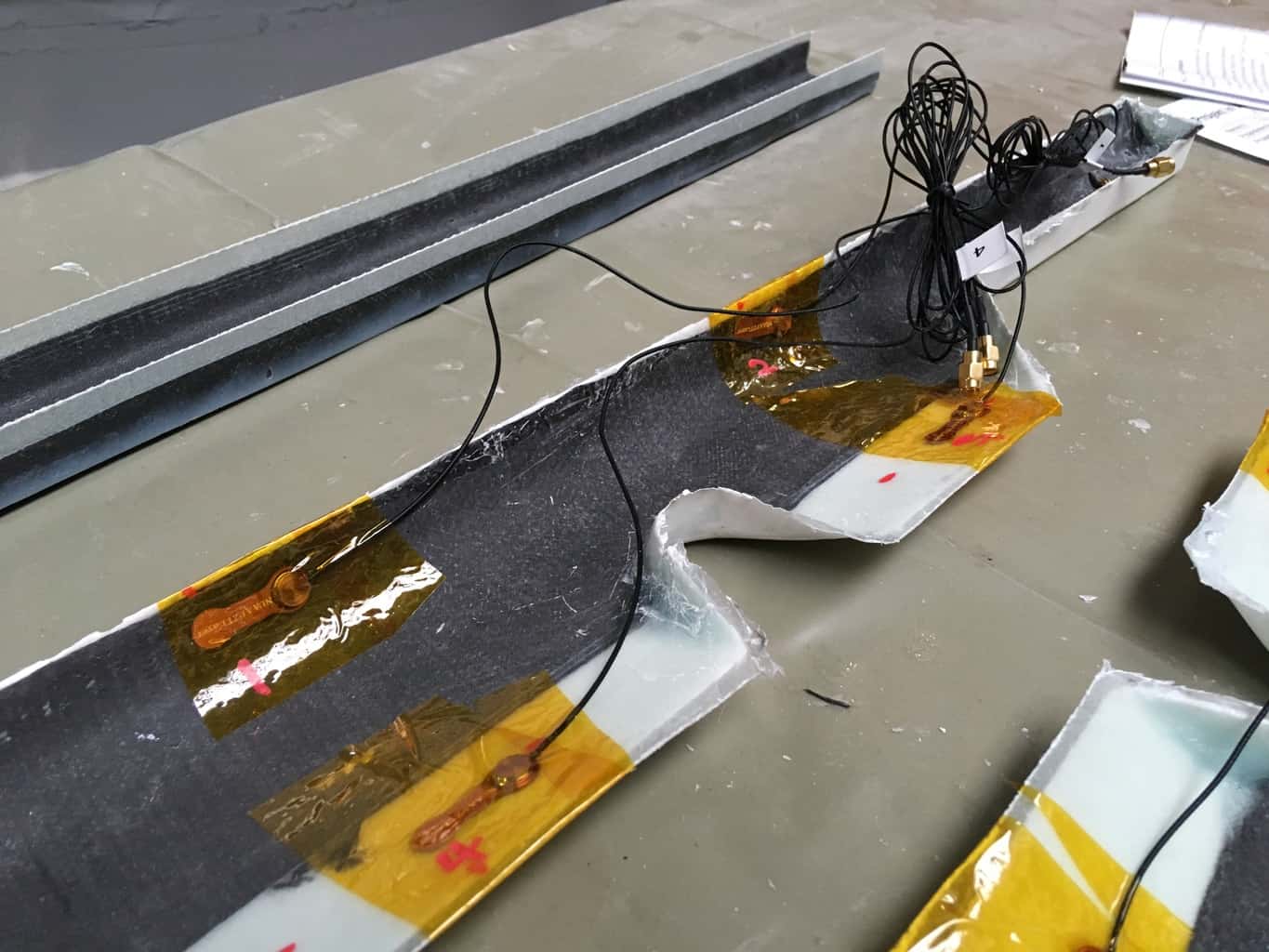
The Christmas season has begun, and while everywhere doors are opening, we plan to install some piezo-sensors in the FVA 29 mast.
